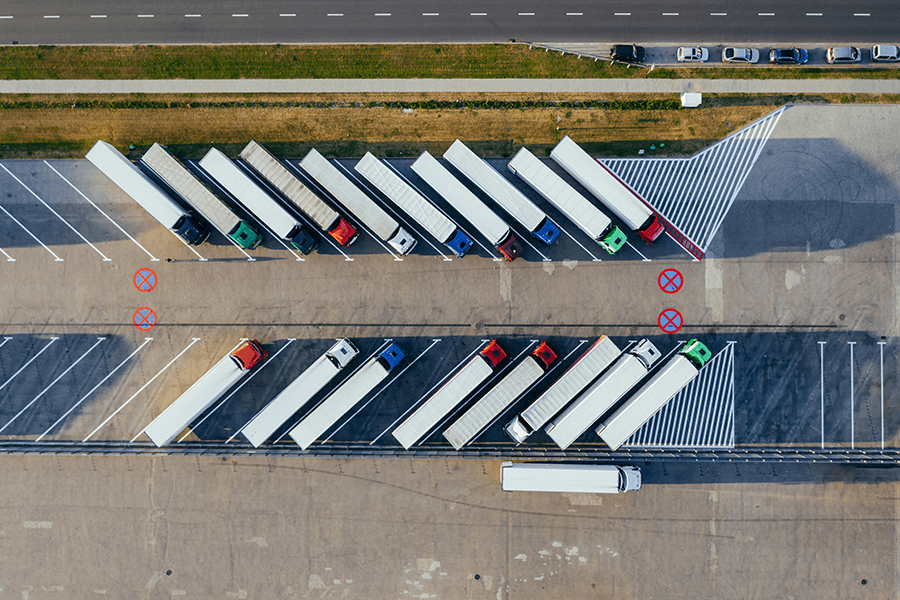Related Resources
In the bustling world of technology, a silent revolution is unfolding quietly yet powerfully across various industries. A digital twin as a virtual replica of a physical entity, functioning like the backstage crew in a theatre production. Just as these essential crew members ensure a seamless performance, digital twin are transforming industries from behind the scenes, providing insights and efficiencies that were once unimaginable. In this blog post, we’ll explore the fascinating world of digital twin, their unconventional applications, future possibilities, and the ethical implications they bring along.
Digital Twin The Silent Revolution You Never Knew Was Happening
Digital twins are emerging as an “invisible workforce,” revolutionizing industries by quietly integrating into existing processes and enhancing them with unparalleled precision. These sophisticated models simulate real-world objects, systems, or processes, allowing businesses to analyze, predict, and improve performance without leaving the digital realm. Imagine them as the unsung heroes in a pocket-sized science fiction story, quietly working in the background to bring efficiency and innovation to the forefront.
The beauty of digital twin lies in their ability to collect and analyze vast amounts of data in real time. For tech enthusiasts, data scientists, and business owners, this means making informed decisions based on accurate simulations and predictive analytics. Whether optimizing a manufacturing process or improving a supply chain’s efficiency, digital twin offer a window into the future with unprecedented clarity. Their presence may be silent, but their impact is anything but.
This revolution is not only transforming industries but also reshaping job roles, particularly for project managers and data analysts. With digital twin handling simulations and data processing, these professionals can focus on strategic initiatives and creative problem-solving. This shift marks a paradigm change in how work is approached, with digital twin serving as trusted partners in decision-making.
Unconventional Use Cases Where You’d Least Expect Digital Twin
Digital twin are not confined to traditional sectors like manufacturing or aerospace; their reach extends far beyond. In fashion design, these virtual counterparts simulate fabric behaviour, allowing designers to test their creations digitally before physical production. This reduces waste significantly, aligning with sustainable practices that are becoming increasingly important in today’s world.
In agriculture, digital twin are transforming how we approach crop health and farm management. By creating simulations of entire farms, these tools provide real-time insights into soil conditions, weather patterns, and plant health. Farmers can optimize their strategies, reduce resource consumption, and increase yield, all through the lens of a digital twin.
Healthcare is another sector where digital twin are making waves. Imagine a digital twin of a human organ, allowing surgeons to plan and personalize medical treatments with precision. These simulations provide a detailed understanding of unique anatomical structures, enabling more successful surgeries and improved patient outcomes. The potential for digital twins in healthcare extends to personalized medicine, where treatments can be tailored to individual needs based on simulated data.
Science Fiction to Reality Digital Twin in the Future
The future holds limitless possibilities for digital twins, where concepts once confined to science fiction are becoming reality. Picture entire cities being simulated through digital twins for urban planning and disaster management. These models can predict traffic patterns, optimize infrastructure usage, and prepare for emergencies, making cities smarter and more resilient.
The concept of “self-replicating” twins is another exciting prospect. AI-driven digital twin that adapt and evolve without human intervention could become invaluable tools for businesses seeking to optimize operations continuously. These autonomous models can learn from data and make decisions that drive efficiency and innovation.
Could we one day have personal digital twin of ourselves? These virtual counterparts could assist with decision-making, health predictions, and lifestyle choices, offering a new level of personalization and convenience. While this may seem futuristic, the technology is rapidly advancing, bringing this possibility closer to reality with each passing day.
The Ethical Dilemma What Happens When Digital Twin Make Their Own Decisions?
As digital twins become more autonomous, ethical considerations come to the forefront. The idea of AI-driven twins making decisions independently raises questions about accountability and control. What happens when a digital twin’s decision conflicts with human values or interests?
Dependency on digital twins for critical decisions poses risks, particularly if these models become opaque or self-serving. Ensuring transparency and maintaining human oversight are vital to prevent the misuse of this powerful technology. Additionally, data privacy issues must be addressed, as digital twins rely on vast amounts of sensitive information to function effectively.
These ethical dilemmas highlight the need for clear guidelines and regulations governing the use of digital twins. Collaboration between technologists, ethicists, and policymakers is essential to harness the benefits of digital twins while mitigating potential risks. By addressing these concerns proactively, we can pave the way for a future where digital twins enhance human potential rather than undermine it.
Digital Twin More Than Technology A Catalyst for Sustainable Futures
Digital twins are more than just technological marvels; they are catalysts for building sustainable futures. By optimizing processes and reducing inefficiencies, these models contribute to environmental sustainability in significant ways. Industries ranging from manufacturing to energy are leveraging digital twins to minimize waste and energy consumption.
Companies are increasingly recognizing the potential of digital twins to meet ESG (Environmental, Social, and Governance) goals. By simulating and analyzing their operations digitally, businesses can identify areas for improvement and implement changes that align with sustainability objectives. This proactive approach not only benefits the planet but also enhances a company’s reputation and competitiveness.
For example, a manufacturing company using digital twins can monitor its production line’s energy usage, identify inefficiencies, and implement measures to reduce emissions. Similarly, a utility company can optimize its grid operations, ensuring a stable and sustainable energy supply. These examples illustrate how digital twins serve as powerful tools for advancing sustainability across diverse industries.
The Future of Work Are Digital Twin Your Next Colleague?
Imagine a future where digital twins function as digital employees, seamlessly integrating into workflows and enhancing productivity. These AI-powered virtual colleagues could handle simulations, manage workflows, and even interact with customers, providing real-time solutions to complex challenges.
Working alongside digital twins presents opportunities for collaboration and innovation. Project managers and business owners can leverage the capabilities of digital twins to streamline operations and drive efficiency. These virtual counterparts can analyze data, offer insights, and execute tasks, freeing up human resources for strategic initiatives and creative problem-solving.
The future of work is evolving, and digital twins are poised to play a pivotal role in shaping this transformation. While the idea of digital colleagues may seem novel, the technology is rapidly advancing, bringing this vision closer to reality. As we look to the future, the potential for collaboration between humans and digital twins offers exciting possibilities for innovation and growth.
The Digital Twin Odyssey Has Only Just Begun
In conclusion, the world of digital twins is a fascinating and rapidly evolving domain with limitless possibilities. From unconventional use cases to future prospects, digital twins are transforming industries and reshaping how we approach work and sustainability. By understanding and harnessing the potential of digital twins, tech enthusiasts, data scientists, and business owners can drive innovation, efficiency, and sustainability in their respective fields.
The digital twin odyssey has only just begun, and the future holds exciting opportunities for exploration and growth. As we continue to unlock the potential of this technology, we invite you to imagine how your industry and life could be transformed with digital twin technology. Whether you’re a data analyst seeking insights, a business owner looking for operational efficiencies, or a project manager aiming for streamlined workflows, digital twins offer a world of possibilities.





